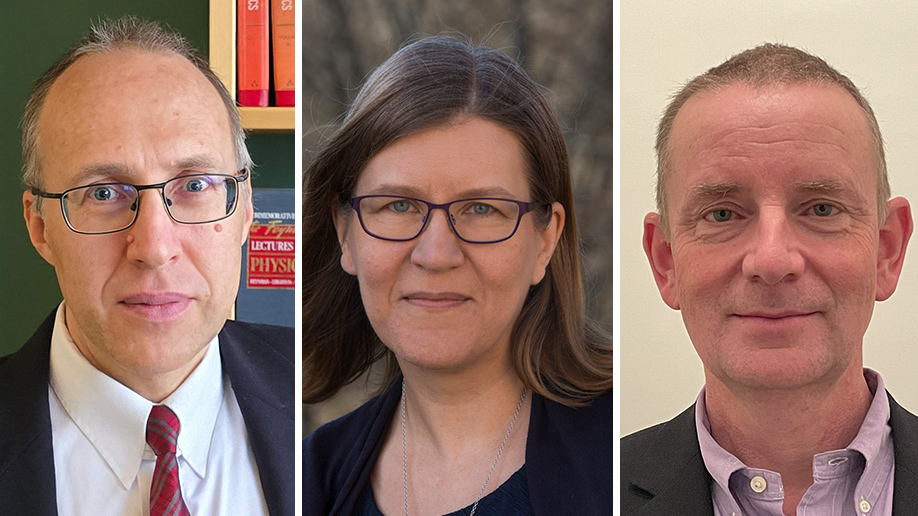Research on lignin and superconductors receives Wallenberg grant

What is the structure of lignin and can it be used to create new sustainable materials? Can a new kind of spectroscopy method reveal how electrons bind together and what are the properties of a completely new superconducting material?
The Knut and Alice Wallenberg Foundation awards grants to three basic research projects at KTH.
Professor Minna Hakkarainen and her colleagues will combine advanced experimental and theoretical methods to map the structure of lignin at different levels.
Lignin is a major waste product in the paper industry. Its complex and heterogeneous structure is traditionally considered a disadvantage.
Take advantage of complexity
“Instead, we want to take advantage of the large structural variation and complexity. If we can understand how the structure is affected by the type of biomass and extraction process and how this reflects on properties, we can tailor lignin materials to more advanced applications,” Hakkarainen says.
The researchers will extract lignin directly from biomass to get it in as natural a form as possible. The whole process will be monitored in real time to understand its impact on the lignin. The lignin could then potentially be used to create structural paints and functional coatings.
New experimental method to study superconductors
In some materials, electrons form Cooper pairs leading to superconductivity. A condition whose properties make it used in medical technology, as well as within IT and the electric power sector. Professor Oscar Tjernberg and his colleagues want to develop a new type of experimental method to investigate how electron pairs are bound together in high-temperature superconductors, something that is currently unknown.
Being able to detect Cooper pairs and study the properties of high-temperature superconductors could ultimately lead to improved materials and new applications.
“It's an experimental challenge that no one has succeeded in before, and it's a bit of hubris to think we can do it. But we're aiming high and we'll see how it goes. It's a fairly bold project, so it's particularly gratifying that the Wallenberg Foundation is investing in it,” Tjernberg says.
Electron pairing gives rise to superconductivity
Professor Egor Babaev's project will investigate the properties and mechanisms of a new superconducting state of matter at the micro level. He helped discover that electrons can form quadruples, a bond of four electrons that produces a new state of matter. For a long time, it was thought that electrons could not form bonds larger than pairs.
“We proposed the theory two decades ago, but it took until 2021 for a first report on the state. There are still many questions to be answered theoretically and experimentally about this new type of matter,” Babaev says.
However, it is already clear that this is a completely new state of matter with different properties compared to any other known material.
“This understanding will eventually enable new applications, as the discovery of superconductivity resulted in many applications,” Babaev says.
Text: Sabina Fabrizi
